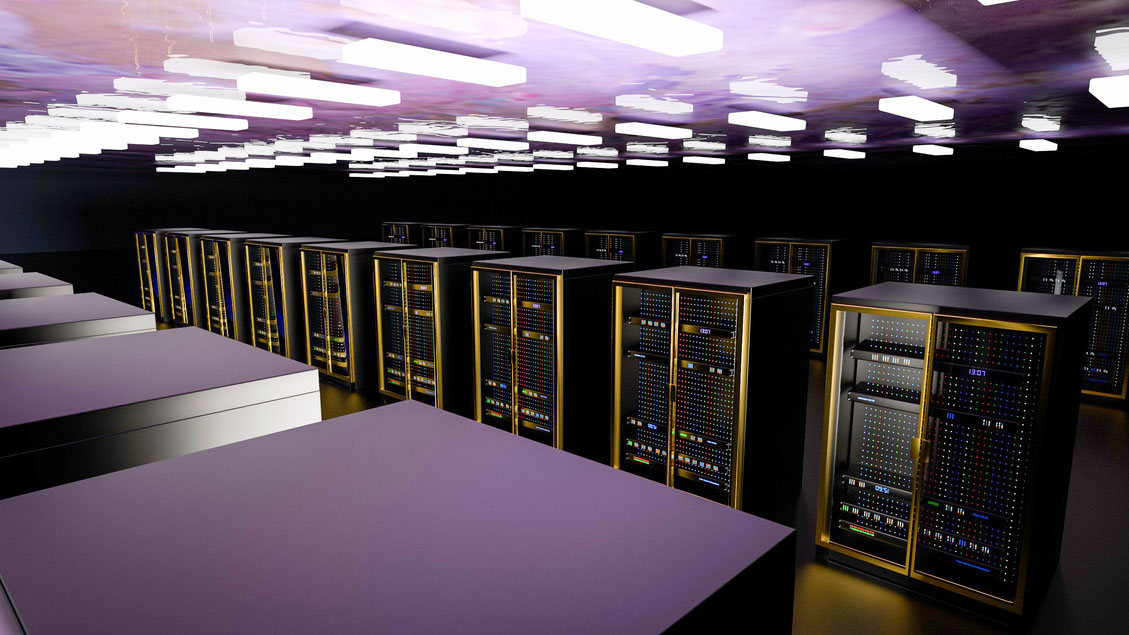There is a lot of hype around edge data centers. And for good reason. They meet the demand for additional capacity, reduced latency, and data security. The cost is relatively low and the turnaround time is fast. According to a July 2019 report by PWC, the global market for edge data centers is forecast to more than triple from $4 billion in 2017 to $13.5 billion in 2024.
Haste tends to accompany hype. Decisions made in haste have a bad rap for a reason. There are important differences in edge centers that need to be studied and carefully considered in this building boom. All edge centers are not created equally.
Being a fairly new concept and given the differences between Edge datacenters, edge selections are not well-suited to an RFP selection process. RFP processes tend to isolate and rank individual characteristics rather than considering the holistic solution. This tends to elevate the importance of the individual attributes at the expense of the complete design.
Like a camper has a footprint and function that is not terribly different than that of a small house, one edge center can differ dramatically from the next. One is designed for limited use; the other for long-term, daily use. One could be swept away by a storm; the other is more formidable, able to withstand bad weather. Yet both meet the basic requirements…a roof overhead and a place to rest, at least in the short term. In the long term, the two are quite different.
Selecting Edge Data Centers
Like so many things, when it comes to edge data centers, you get what you pay for. These are a few factors that you should consider when selecting edge facilities:
- Resilient structures – Edge centers can hold hundreds of servers; several million dollars of equipment. You need to have assurance and trust in what’s housing that investment. Edge data centers, by definition, will operate in remote locations. Characteristics such as a hardened concrete shell, redundant power and cooling, and remote operability are important. Commonly used telco huts or shipping containers typically don’t offer the same robustness.
- Redundant power – With some of the most critical data and applications housed in edge units, consistent power delivery cannot be compromised. Dual power feeds and power conditioning units creating data center grade uninterruptable power supplies should be considered essential components.
- Cooling units – Remote operation also dictates that your edge data centers should have redundant cooling systems paired with built-in hot and cold aisles to provide a consistent operational environment.
- Built-in monitoring – Full-scale monitoring hardware and software that has been developed and fine-tuned for full-size centers should be a standard feature. Management software should enable remote operations and control of every edge facility. A single pane view enabling you to monitor access, reset breakers, test generators, and perform other vital functions is an essential component for operating multiple edge facilities from a central location.
The cost to “check the box” with an edge center can be very low. The drive to contain cost is well understood but, in this case, could be costly in the long run. An edge center is an asset that can and should rise to the level of the expensive equipment and critical content it houses to serve the business for the long term.


